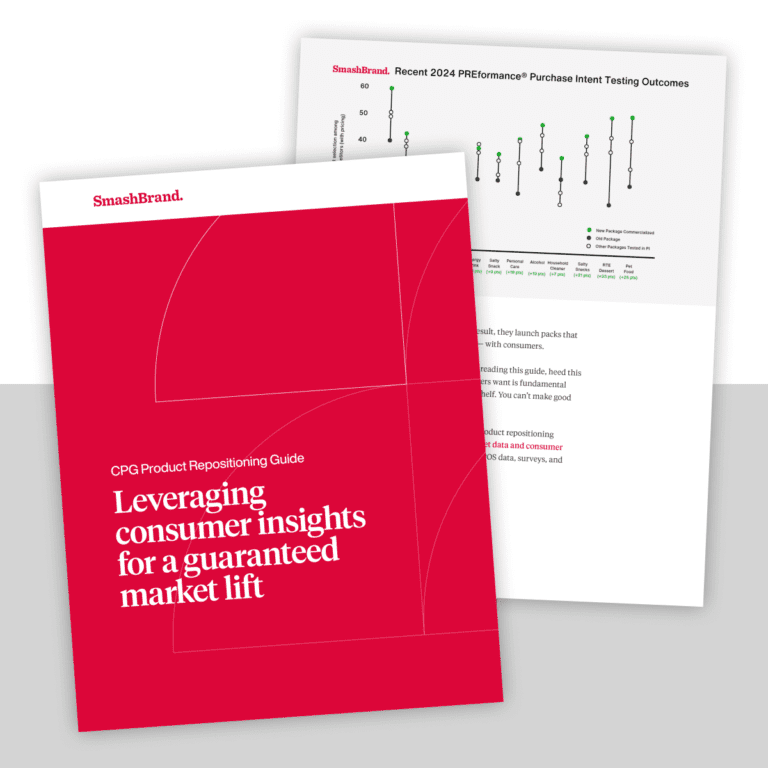How does the popularity of “small” box retailers impact packaging?
Yes, our great nation has built its reputation on bigness — we proudly shuffle down the street in our big pants, get in our big cars, drive to our big box stores, and buy the iPhone 6 Plus without the faintest hint of self consciousness. Size does matter, and all the therapy in the world won’t convince us otherwise. And yet… maybe small box stores do have their uses. It’s nice to be able to buy convenience products in individual and lower-cost sizes. We are trying to pay off our big student loan debt, after all.
Modern consumers are scandalously disloyal, so you need to be ready to yield to their constantly shifting demands. Today, when it comes to shopping, consumers demand a fast checkout, low prices, and unique convenience options. It stands to reason, then, that small-shelf packaging design is going to become a necessity for food and beverage manufacturers who want to exploit this consumer trend. Here are a few things to keep in mind when conceiving of your packaging strategy.
1. Will Your Consumers Respond to Small-Shelf Packaging Design?
Who are your most enthusiastic consumers? How will they react to streamlined, efficient, and possibly smaller-portioned packages? Most importantly, how does your product test among the Oompa Loompa demographic?
We are the most enthusiastic trumpeters of market research. Your product might have found a home in the large, village-sized box stores of the rural landscape, but it could benefit you to think about:
- if your consumers would buy your product more often if they found it in more easily accessible small-box retailers, and;
- if you might find a new market for your brand by diminishing the package — and product — size.
Before you arbitrarily shrink your package, consider how you might reimagine product use or enjoyment in a smaller size. Of course, there’s the “on the go” angle. You can design packaging that makes your product suitable for work or school lunches. You can explore how you might use smaller sized packaging to introduce different flavors or concepts to your audience; they might be encouraged to buy a small size rather than commit to a large one that might ultimately be wasted. Also, having new flavors on a fairly consistent basis helps to keep your brand fresh and your product interesting. If you haven’t suffused your product with Sriracha, now’s the time. Customers flatly refuse to eat anything without it.
2. The Shelf Space Wars
Smaller stores mean smaller shelves. Small-box retailers don’t have a lot of space to waste on gigantic packaging structures. How is your product going to compete for prime shelf real estate? Of course, by making your small-shelf packaging design as small as possible, but also by making it convenient for the retailer.
Once you’ve designed the exact type of package that you’ve determined that your public wants, it’s time to make it easy to move and display. Retailers appreciate packages that can be stacked, stored, and housed compactly. As cool as you think your concept is, a small-box retailer with squat shelves and minimal space doesn’t want to be bothered with your swan-shaped package. If the retailer is happy, that retailer will carry more of your product and stock it enticingly.
3. Standing Out in a Small Crowd
Even though you don’t want to create a package shape that makes the retailer want to kill you, you have to make your package and label distinct through your incredible graphics and pleasing package textures. Remember — the design for your smaller product doesn’t have to be the minimized version of the original package. Since you’re targeting a particular consumer who wants a smaller product, you should design a package for that person. Would that person be younger? Older? Active? Sedentary? Do they like whimsical fonts, or are they personally offended by all typography that isn’t Times New Roman? Does the color yellow give them seizures? Get specific about your target market. Sneak into their homes and ask them about themselves, if necessary.
Of course, even for small, two-person or fewer households, big box stores will still have their uses — there are just some things that are better purchased in bulk, and being able to buy toothpaste, 5lbs of turkey jerky, and a belt sander in one facility is quite convenient. Nevertheless, consumers are beginning to reexamine the hominess and specificity of small-box retailers, and you’ll have to adjust your packaging concept in order to stay competitive.
Subscribe to
Nice Package.
SmashBrand’s Nice Package: Stay current with our latest insights
Free Resource.

CPG product repositioning guide.
Explore the five undeniable signs your CPG product needs repositioning along with strategies for leveraging consumer insights for a guaranteed market lift.
Download Whitepaper About CPG product repositioning guide.